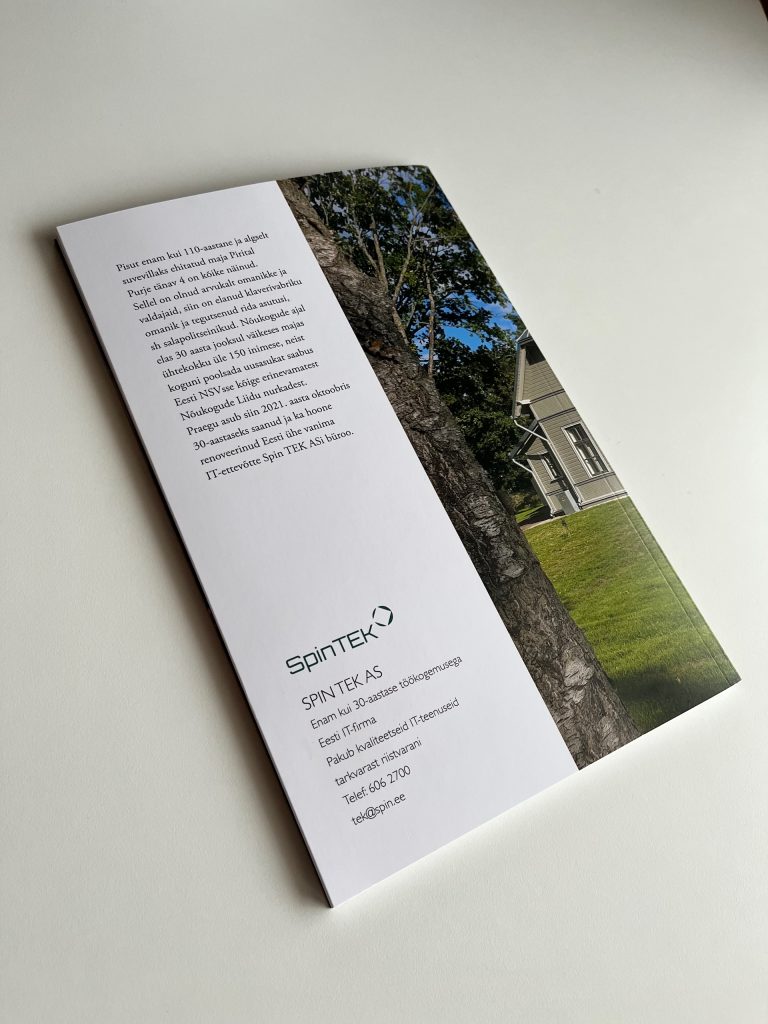Villa Olbrei
anno 1913
About the house
The late Historicist style wooden villa at 4 Purje Street was built between 1910 and 1913 by piano manufacturer Jaan Olbrei. It is a light-filled two-storey villa with a tower forming the third storey, and with its architecture and abundant windows typical of early 20th-century summer resort areas. At the top of the small tower, built on the side parallel to the beach, the original version provided access to an open balcony surrounded by a simple metal railing, overlooking the sea. Later, this part was enclosed and replaced by a domed sheet metal roof.
The architecture of the villa is accentuated by the rich saw-cut ornamentation in the rafters and pediments, balcony design and balustrades, including the wooden dentil cornice as an architectural fashion of the 1910s.
For a little more than 110 years, the building has survived all regimes (Estonian, German, and Soviet) and wars. The house has undergone fairly significant alterations, mostly internal, depending on who owned the building – either the authorities who operated here or the people living in apartments. Probably the biggest renovation prior to the period of 2020–2021 was carried out before the 1980 Olympics or even earlier. However, given the poor state of the building, these repairs, which were discovered during the latest renovation, were rather cosmetic in nature.
We have also put together a book about the history of the house and the renovation process.
Old photos
At the time of the first Republic of Estonia, the house had several different owners, mostly businessmen and women. In 1939, the building was acquired by the Tallinn Police Officers’ Assembly – to improve the resting conditions of police officers.
During World War II, ownership changed according to the regime in power. In the autumn of 1940, the building was nationalised and handed over to the People’s Commissariat of Internal Affairs (NKVD) of the Estonian SSR. At the end of August 1941, invading Wehrmacht troops occupied Tallinn and the buildings were left to the authorities of the Third Reich. During the German occupation, for example, the building housed the Estonian Security Police Department III, which started its work on 1 May 1942, and the Estonian Security Police Sports Club. Immediately after the war, the building was owned by the Executive Committee of the Tallinn City Council of Workers’ Deputies.
During the Soviet period, the building was home to a large number of residents from different walks of life, until the final years of the USSR when, on 23 May 1980, the Tallinn City Executive Committee decided to transfer the buildings at 4 Purje Street from the balance sheet of the 34th Tallinn District Administration to the balance sheet of the Health Department of the Executive Committee. In the summer of 1980, the building was manned round the clock by uniformed guards of the Ministry of the Interior of the Estonian SSR, who only allowed construction workers and sportsmen with the appropriate permits to pass from the intersection of Purje and Masti streets to either the TOP construction sites or the marina by the river.
During the period of re-independence, the building was part of the balance sheet of various institutions, housing various tenants. A quarter of the house was privatised and eventually sold into private hands.
The IT company Spin TEK AS has been associated with the building since 16 June 2003, when a commercial lease contract was signed with the Pirita District Government for ¾ of the premises. Spin TEK AS acquired the leased premises in 2013 and the remaining ¼ of the building in 2018.


















